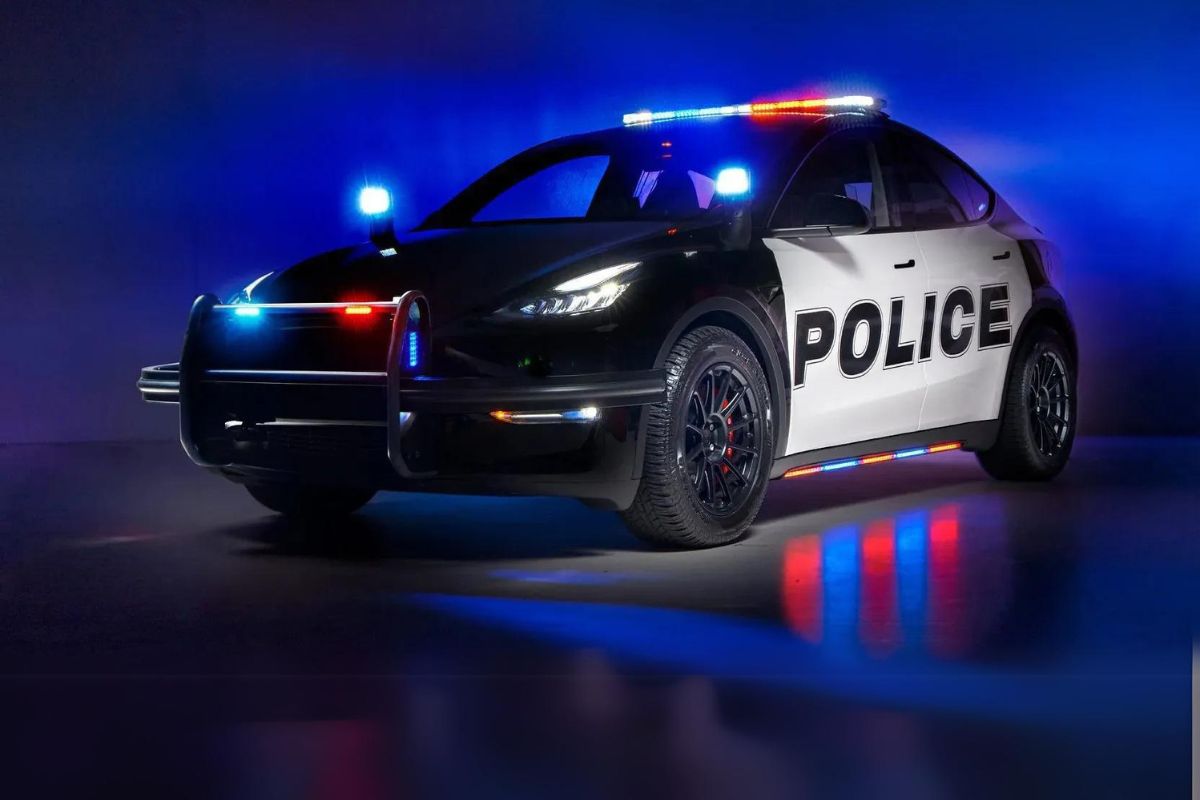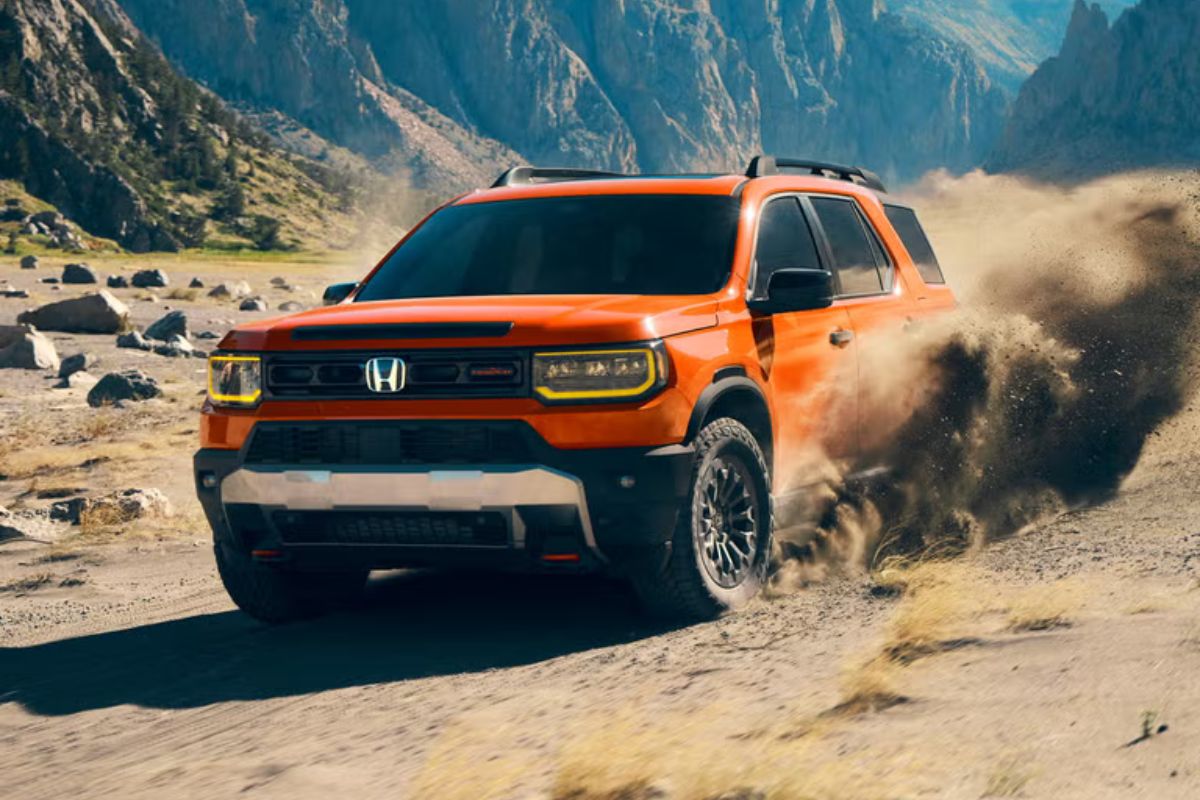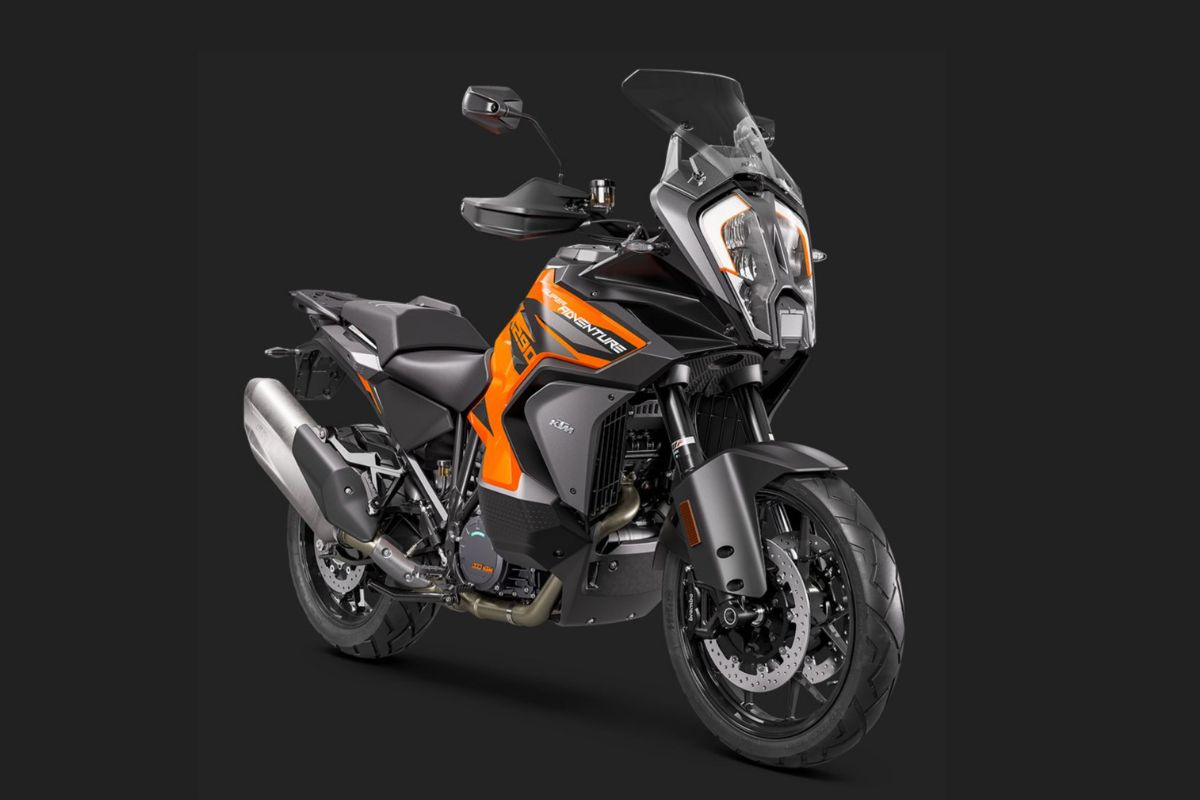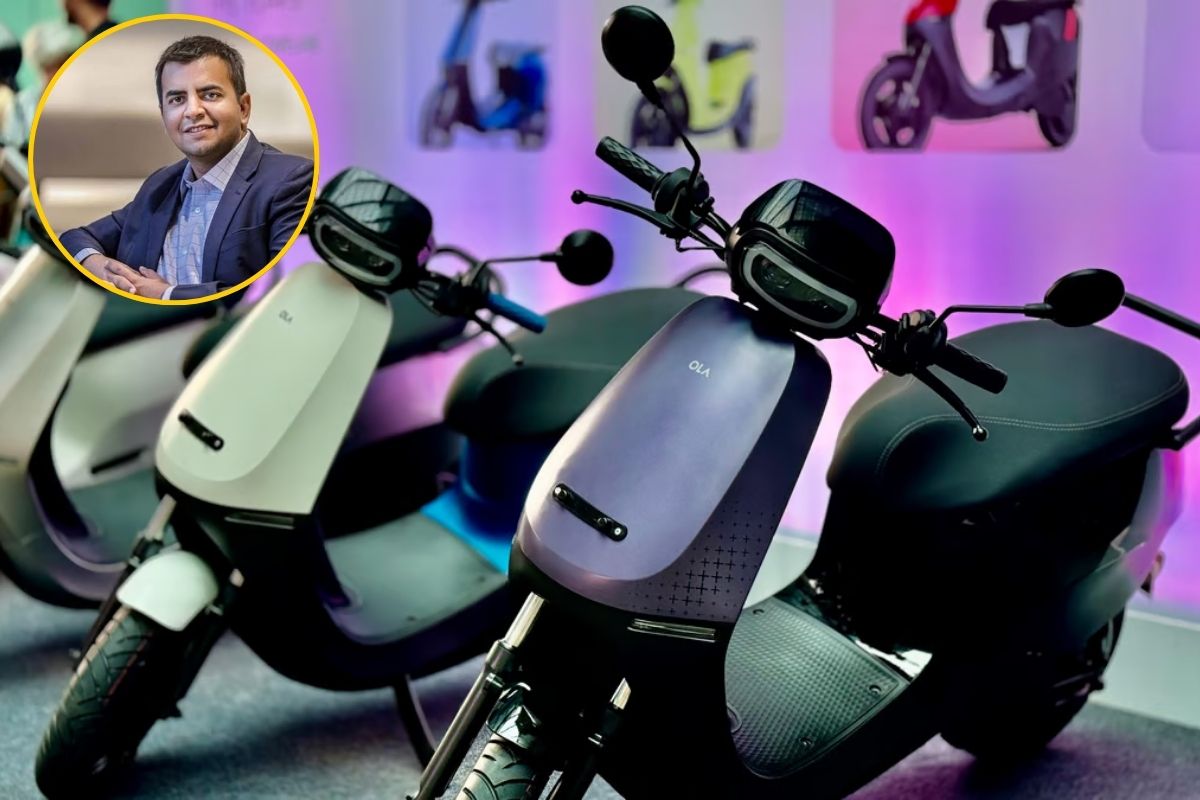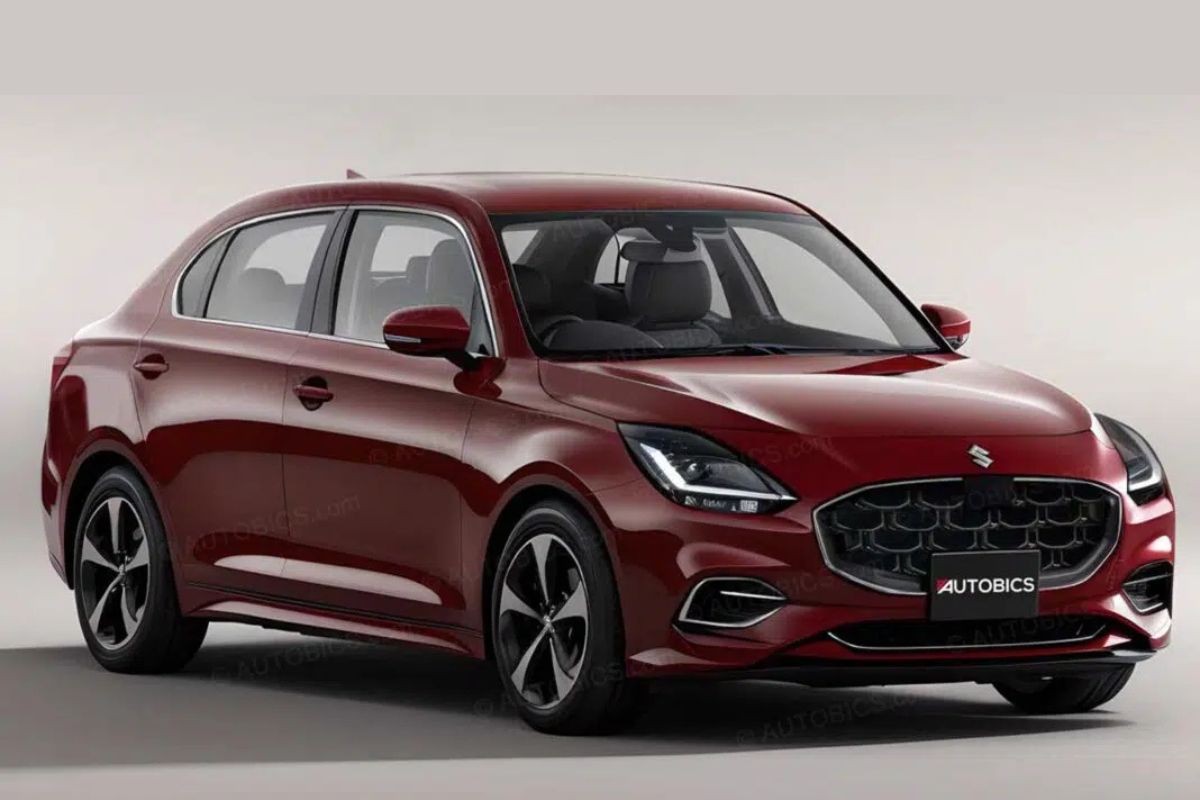Police officers across California are advocating against using Tesla Model 3 squad cars due to space limitations, complex technology, and maintenance issues. This article explores their concerns and compares alternatives like the Ford F-150 Lightning.
In recent months, police departments across California have voiced significant concerns regarding the suitability of Tesla Model 3 vehicles as patrol cars. While the shift towards electric vehicles (EVs) is commendable, many officers argue that the Model 3 falls short in critical areas necessary for effective law enforcement. This article delves into the various challenges faced by police departments using Tesla Model 3s, highlighting why many officers are advocating for a return to traditional vehicles like the Ford F-150 Lightning.
Challenges with Tesla Model 3 for Law Enforcement
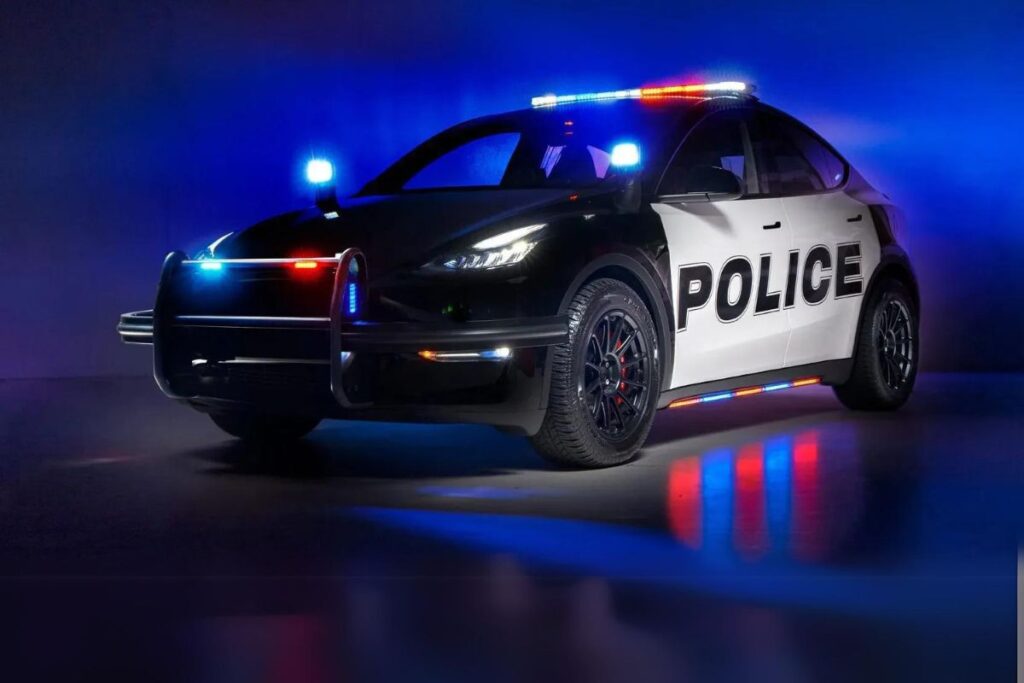
One of the most pressing issues raised by police chiefs is the limited interior space of the Model 3. Unlike traditional police vehicles, which can comfortably accommodate multiple passengers, the Model 3’s rear seats are only capable of holding one prisoner at a time. This limitation poses a significant problem during incidents involving multiple suspects, as it forces officers to deploy additional vehicles and personnel, stretching resources thin.
Complicated Technology and Usability Issues
The advanced technology integrated into Tesla vehicles, while innovative, has proven to be a double-edged sword. Officers have reported that features such as autopilot and proximity locking can interfere with standard patrol operations. For instance, when officers attempt to shift into drive, there can be delays caused by the vehicle’s systems, leading to potential safety hazards during high-pressure situations.
Moreover, the user interface for controlling essential functions like lighting and sirens is not straightforward. Officers must navigate through multiple touchscreen menus to adjust settings that are typically accessible with a simple switch in conventional patrol cars. This complexity can lead to delays in critical situations where every second counts.
read more: Tesla Model Y Upgrade: The Seven-Seater Electric SUV Hits the Market
Charging Infrastructure and Maintenance Concerns
Another significant hurdle is the lack of charging infrastructure available for police departments. Many officers have expressed frustration over the time-consuming process of charging their vehicles, especially during long shifts where they might need to respond quickly to emergencies. The need for dedicated charging stations at police facilities adds another layer of logistical complexity.
Additionally, maintenance issues arise from Tesla’s unique design and technology. Unlike conventional vehicles where parts are readily available and mechanics are familiar with servicing them, Teslas often require specialized technicians for repairs. This can lead to longer downtime for vehicles in need of service, impacting overall operational efficiency.
Comparative Analysis: Tesla Model 3 vs. Ford F-150 Lightning
| Feature | Tesla Model 3 | Ford F-150 Lightning |
|---|---|---|
| Passenger Capacity | Seats one prisoner | Accommodates multiple prisoners |
| Maintenance Complexity | Requires specialized service | Common parts and mechanics available |
| Interior Space | Cramped for duty gear | Spacious and functional |
| Charging Infrastructure | Limited availability | More options due to popularity |
| Technology Usability | Complicated touchscreen | Traditional controls |
Financial Implications
The financial aspect also cannot be overlooked. Outfitting a Tesla Model 3 for police use has been reported to cost significantly more than traditional vehicles like the Ford Explorer or F-150. For example, modifications for a Model Y were approximately $12,700 more expensive than its Ford counterpart. Given these costs and operational challenges, many departments are reconsidering their investments in electric patrol cars.
Positive Perspectives on Electric Vehicles
Despite the criticisms surrounding the Tesla Model 3, it is essential to note that some departments have embraced electric vehicles with success. The South Pasadena Police Department recently transitioned to an all-electric fleet consisting of both Model Ys and Model 3s, citing substantial savings in fuel and maintenance costs over time. However, this success story appears to be an exception rather than the rule.
A Call for Practicality in Police Vehicle Selection
As police departments navigate the transition towards electric vehicles, it is crucial that they prioritize practicality and functionality over trends. The challenges presented by the Tesla Model 3 highlight the need for law enforcement agencies to choose vehicles that meet their specific operational demands.
While electric vehicles represent a step towards sustainability and reduced emissions, departments must carefully assess whether these models can effectively support their mission of public safety. The consensus among many officers is clear: until significant improvements are made in terms of space, usability, and maintenance support, traditional vehicles like the Ford F-150 Lightning may remain more suitable options for law enforcement duties.
